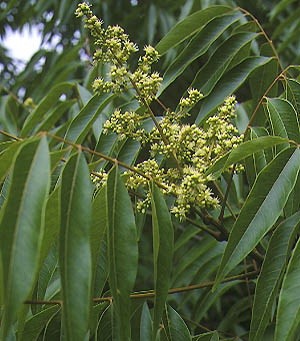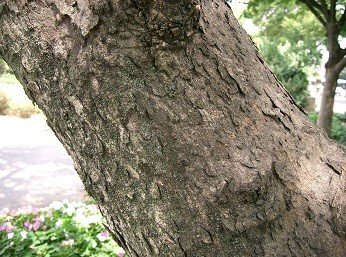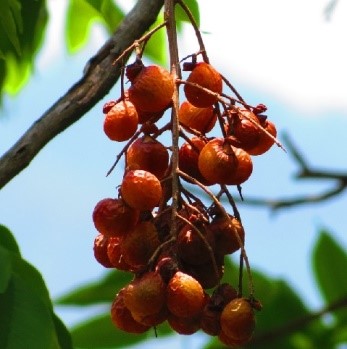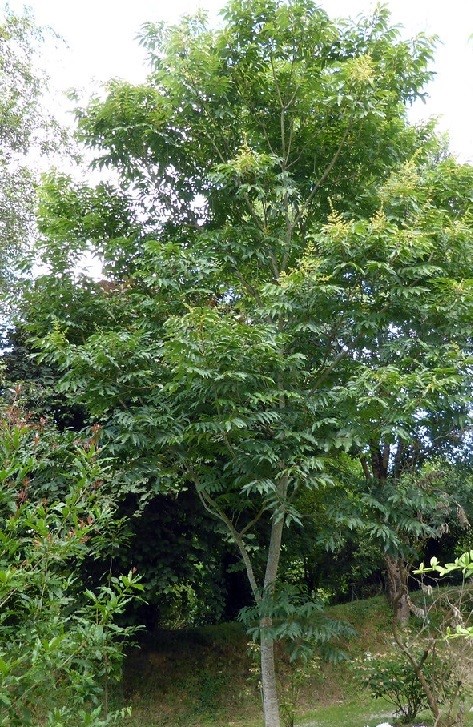Trees
Sapindus mukorossi Gaertn.
Sapindus mukorossi Gaertn.
Description :
A deciduous tree that sometimes grows to a rather large size with
heights from 15 to 20 m and diameters of 60 to 80 cm. The leaves are compound,
alternatively arranged with each leaf 15 to 45 cm long with 5 to 10 pairs of
leaflets. There is no terminal leaflet on the leaf. The leaflets tend to become
smaller towards the top of the leaf. They are leathery, lance shaped, pointed
and have short stalks. The bark of young trees is light colored with many small
bumps. Older trees have a grey-brown bark with irregular scales that peel off. The
greenish yellow flowers are fringed with hairs and borne in terminal panicles.
The fruit is a drupe, 1.5 to 2.5 cm in diameter. Flowers occur in May and June
while fruit matures between June and January. It appears to be disease and
insect free. It is reproduced from seed or branch cuttings. The seed can be
stored for up to a year and still maintain 90% viability. Trees with height of
9 m and diameter of 10 cm have been recorded in 5 years. Grains age straight.
Distribution :
The tree is native to China and is cultivated in Japan, Bangladesh,
India, and Pakistan. In Pakistan it is found in gardens. It has been successful
planted in Azad Kashmir and Hazara and does well in the foothill regions. An
intolerant tree that requires deep, moist soils. It is adapted to a
precipitation zone of 1000 to 1750 mm/yr or more in a temperature range of -0
to 40°C. It prefers a sub-humid, cool, sub- tropical monsoon climate on
elevations up to 600m.
Uses :
Moderately
hard, a valuable tree because of its soap nuts and its foliage which is used as
fodder. It has potential as a farm forestry tree in the foothill regions. Also
used as fodder and nuts for soap.



